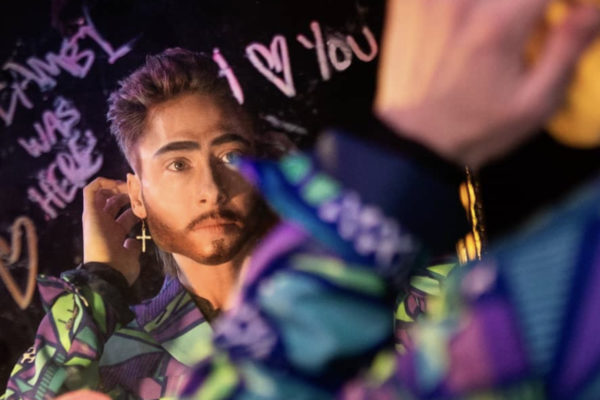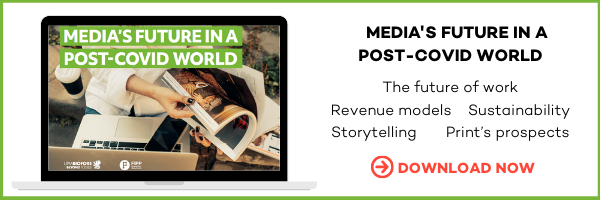magCulture Live: UK’s indie magazine scene shines under physical spotlight
The London leg of the annual magCulture Live conference took place last week, returning to a physical stage. The daylong programme celebrated print prominence and the enduring creativity of magazine culture, reminding us of the importance not only of real-world events, but also real-life publications. There were talks from a range of independent founders, and the line-up also included Alex Breuer, Executive Creative Director of the Guardian, who talked about the launch of the newspaper’s new Saturday magazine.
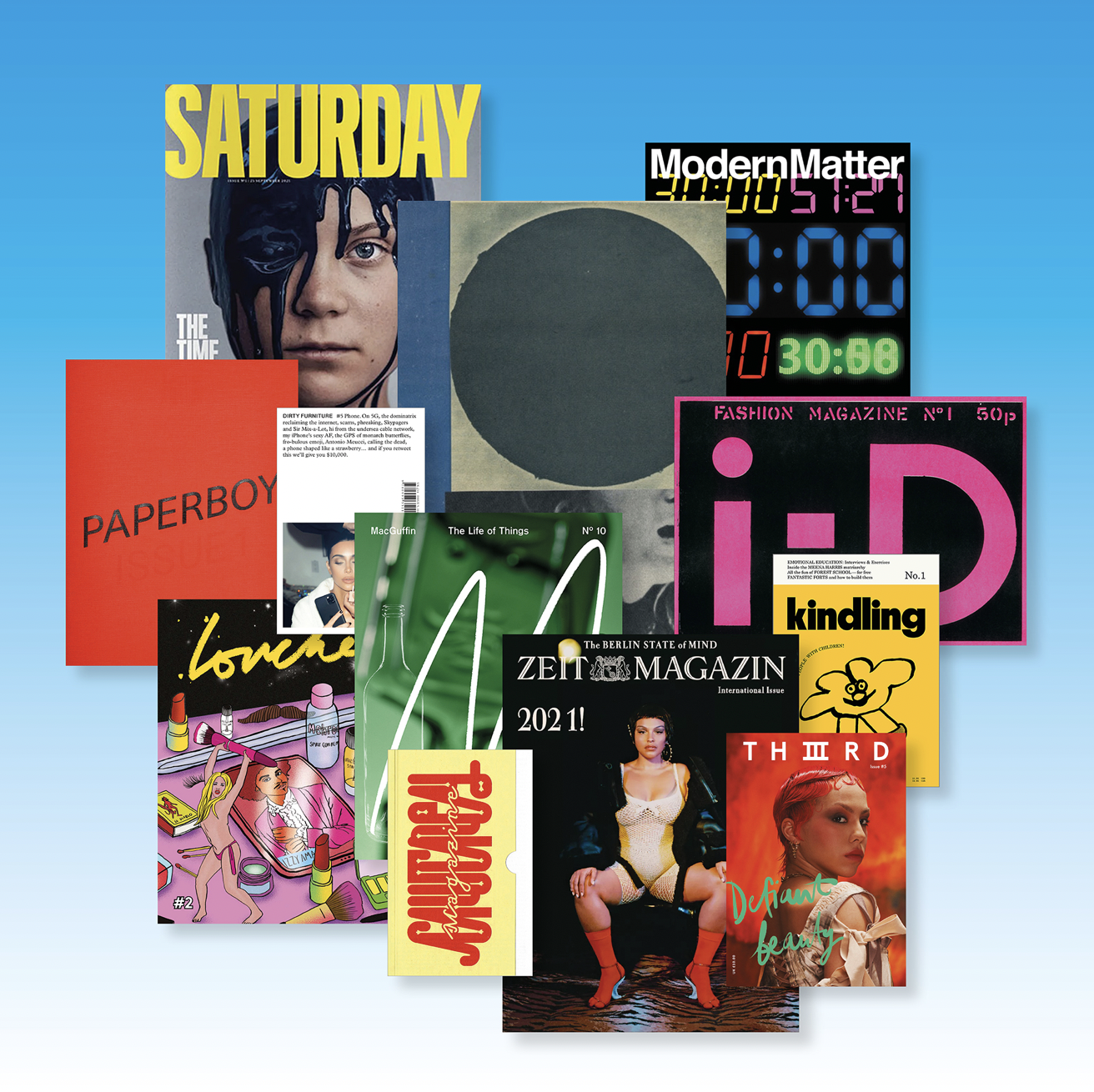
In a packed out Conway Hall in the heart of Holborn, Christoph Amend, Editor-in-Chief of German newspaper supplement ZEITmagazin kicked things off, emphasising the growing influence of the independent print scene across the wider media world today:
“I realised the biggest inspirations in magazines in recent years came from the independent scene. Because of that, we changed our minds about how we edit and publish. I recently also started doing the interviews for the print magazine in the way I had been doing conversations on the podcast, so the whole thing became more conversational and relaxed.”
The cultural spark in the room was palpable, and as attendees from across the industry zeitgeist watched on, the spotlighted indie magazine speakers took us on a captivating journey through cutting-edge content.
Print: A medium for Equality, Diversity, & Culture
Sachini Imbuldeniya, Founder and Executive Creative Director of photography and illustration agency Studio PI, was forthright in impressing one the key themes of the day upon the audience early on: “Since the birth of the internet, people have been saying magazines need to adapt or die. But I don’t want to talk about publishing or advertising models, I want to talk about discrimination in our industry. Twitter might tell us what’s happening right now, but magazines provide us with a deeper knowledge, a deeper insight.”
The unique depth of magazine content, particularly by way of the printed page through which such products can often create more immersive experiences, was notable throughout. And as you might expect from an independent scene fuelled by new ideas and innovations, often stemming from younger entrepreneurs, social themes such as equality, diversity, and culture were high on the agenda.
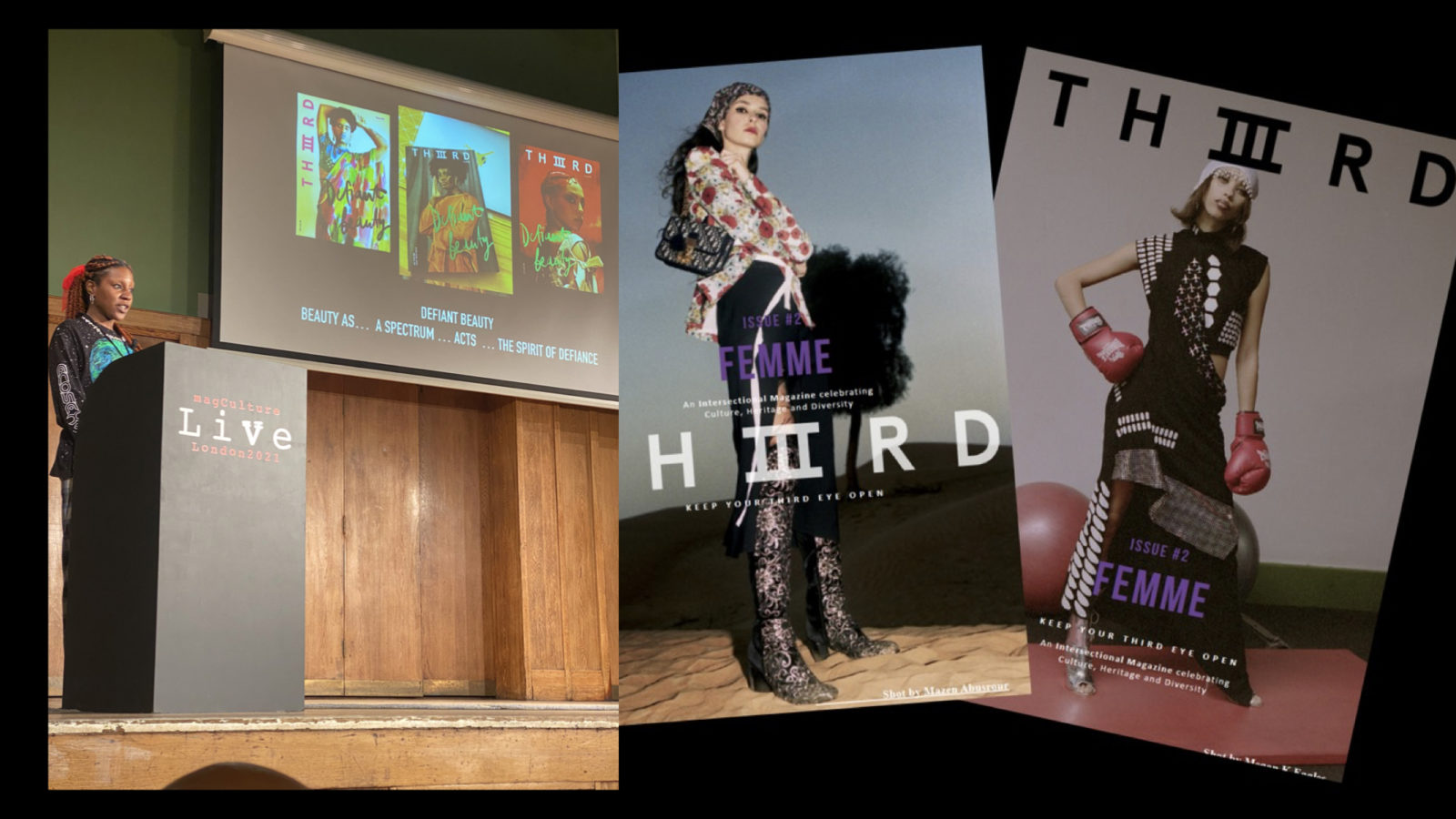
Rhona Ezuma, Editor-in-Chief of Thiiird, a fashion, arts & culture magazine that exists to celebrate diversity and inclusivity in the creative industries, said: “We feature people who are traditionally marginalised and underrepresented, and we want to represent a range of different cultures,” while David McKendrick, co-Founder & Creative Director of Paperboy magazine, emphasised the importance of using undiscovered talent and championing democratised payment:
“Part of what I wanted to do was marry up accomplished voices with those who were, to use an unfair word, unaccomplished. And give them an opportunity alongside the more established writers. I was adamant that everybody got paid what I called, a democratic amount of money. So the school kids got paid £150 and Lou Stoppard got paid £150.”
Georgous Michael has Faith in magazines
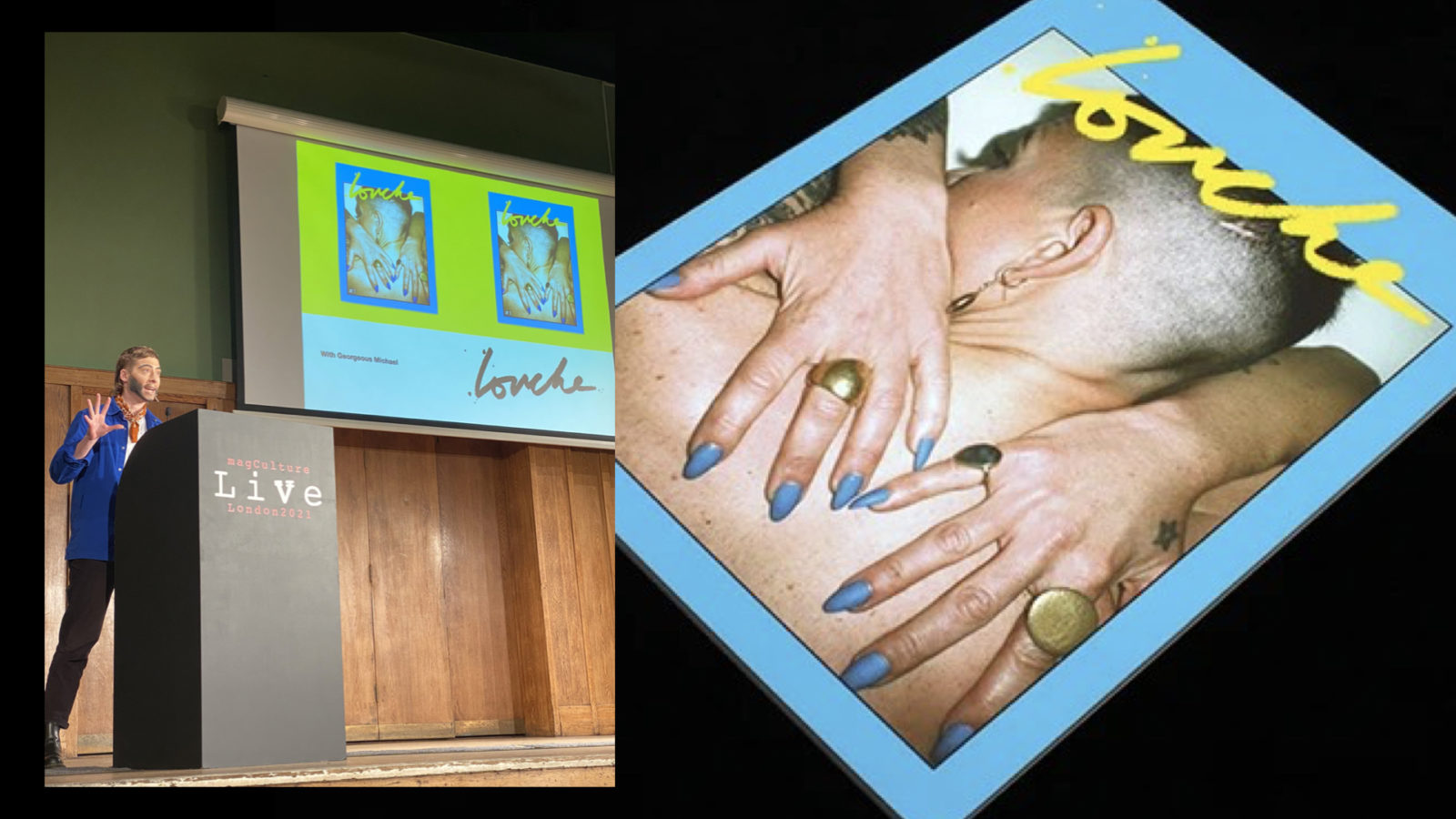
Magazines like Kindling – a spin-off of Kinfolk – showed us that parenting magazines could be both beautiful and realistic, and bring a deeper content value to readers in an age where the solutions to everyday parenting issues are now instantly googleable. Chutney magazine founder, Osman Bari, brought us everyday stories of culture and identity, as told by marginalised and misrepresented voices, while Drag King Georgeous Michael, Founder of Louche, brought the power of indie publications to life before our very eyes:
“Louche is a magazine about drag and queer performance, but that being the full spectrum of drag kings and queens, which is not always shown even though drag has penetrated mainstream culture. It’s interesting being a small indie publication working in a field that used to be quite niche and is now really mainstream. One of the things I wanted to do for issue two but was constrained by budget, was a scratch and sniff for drag smells… but those who’ve ever tried to commission a scratch and sniff will know that it’s not the easiest or least expensive brief to give… especially for drag smells!”
And while content at the conference was undoubtedly king, it wasn’t the only aspect of the industry that the indie scene was able to provide a unique perspective on. Traditional magazine monetisation models – both on and offline – have shifted significantly in recent years, a trend accelerated by the pandemic. Of course in the case of independent publications, these shifts have been felt more vigorously, and led to innovative approaches.
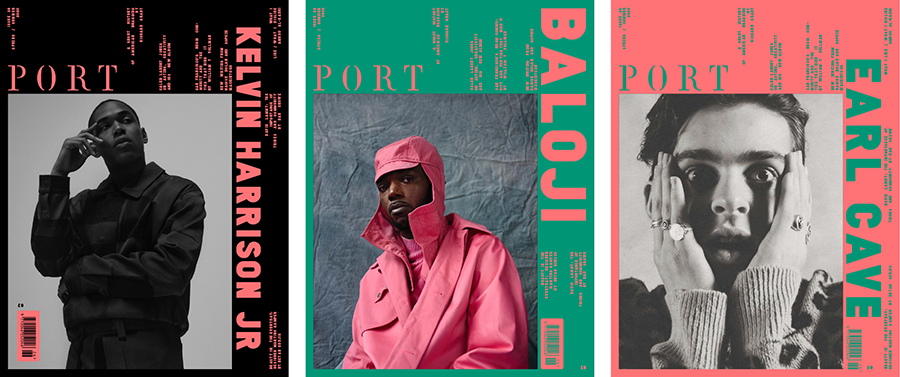
“About five years ago ad budgets seemed to collapse,” said Dan Crowe, Editor-in-Chief of Port and new launch, Inque. “That’s not to say budgets in general went away, but how brands wanted to spend them changed. It became about can you get a certain type of talent and produce a certain type of beautiful shoot… so the shape of the magazine began to shift at this time, which I think is a good thing. It’s created some of our best content.”
“I think it’s unusual for people to talk bluntly about these things. But for example, years ago I would never have thought about shooting multiple covers – the reason people do that is generally to make more money. But as the traditional ad market started to collapse, doing so was one of our first responses to the shift.”
Anna Bates, Editor of Dirty Furniture, said that the pandemic had provided a period of reflection for those working on the publication, and an opportunity for growth.
“We switched things up during the pandemic,” said Bates. “We realised that the events had changed the way we felt about the magazine and the world. We have a stronger sense of who and what we are now. We’re still a design magazine that comes out once a year, but with content that stays relevant for longer, and can be read like a book. We feel the new design has an appeal that crosses over between books and magazines, and we’ve said all along that we want to be a publication that lives in your bag, rather than on your coffee table.”
The Guardian, a 200 year old independent
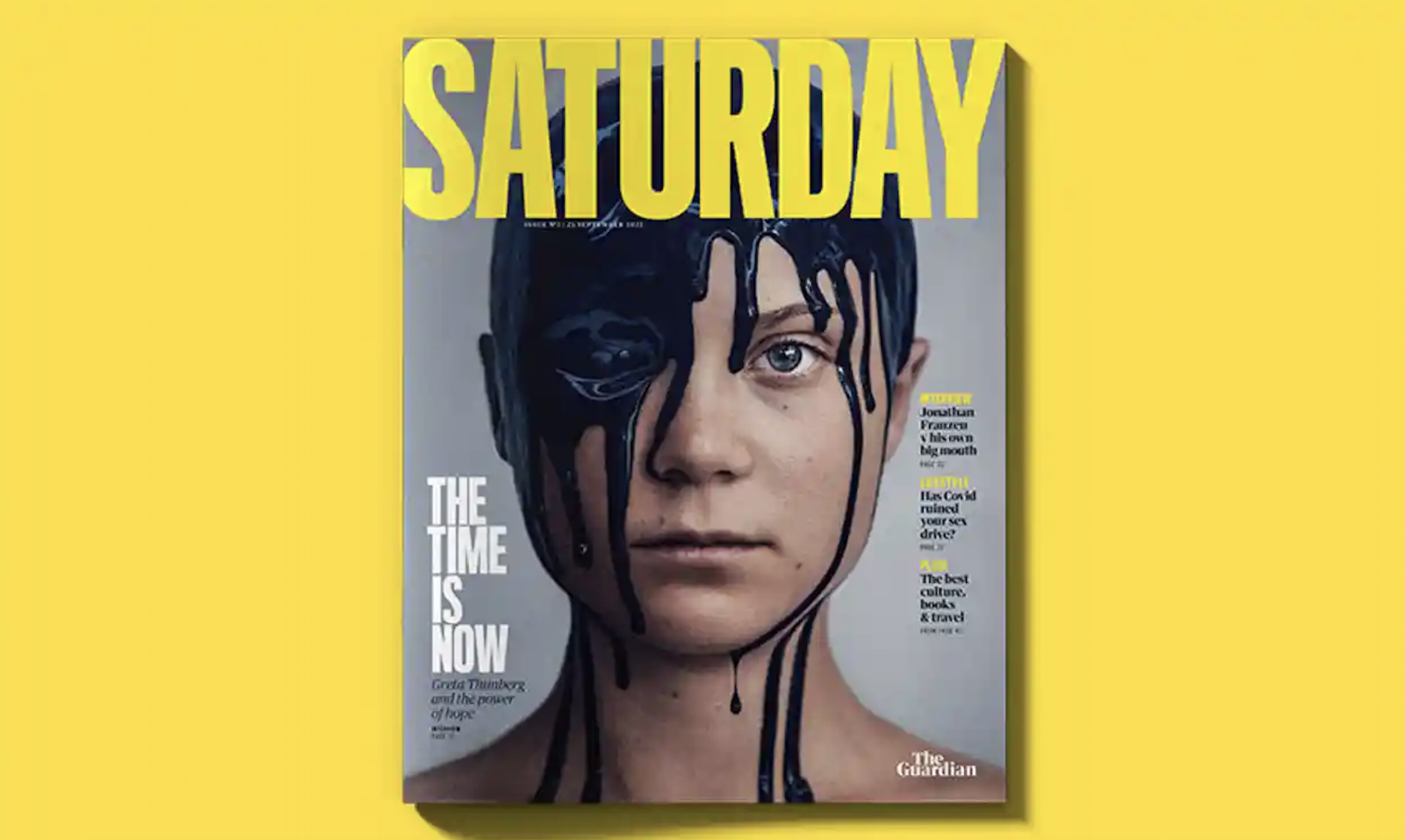
Finally, we were treated to insights from the launch of the Guardian’s new weekend magazine, Saturday, which premiered in September of this year. While not strictly speaking an independent, the new launch – and indeed the newspaper at large – still feels very much at home on the indie scene.
“We’re a kind of 200 years old independent really,” said Alex Breuer, Executive Creative Director of the Guardian, in his opening remarks to the audience. “We are owned by a charitable trust and we don’t have to make any money, just continue to exist, which is achieved increasingly through support from our readers as well as advertising.”
For the Guardian, a mainstream publication with a rich history of weekend magazine pull-outs, innovation had become essential in terms of freshening up the offering.
“For thirty plus years the Guardian has produced a weekend magazine, as have many of the weekend papers. It’s been a really interesting evolution over the years, from the days of The Sunday Times first bringing out their version we’ve seen a sort of arms race to master this kind of content amongst newspaper brands.”
“But the world has changed. A lot of the journalism that we produce now is consumed in different ways, and because of commercial pressures as well, our traditional magazine offerings were getting thinner.”
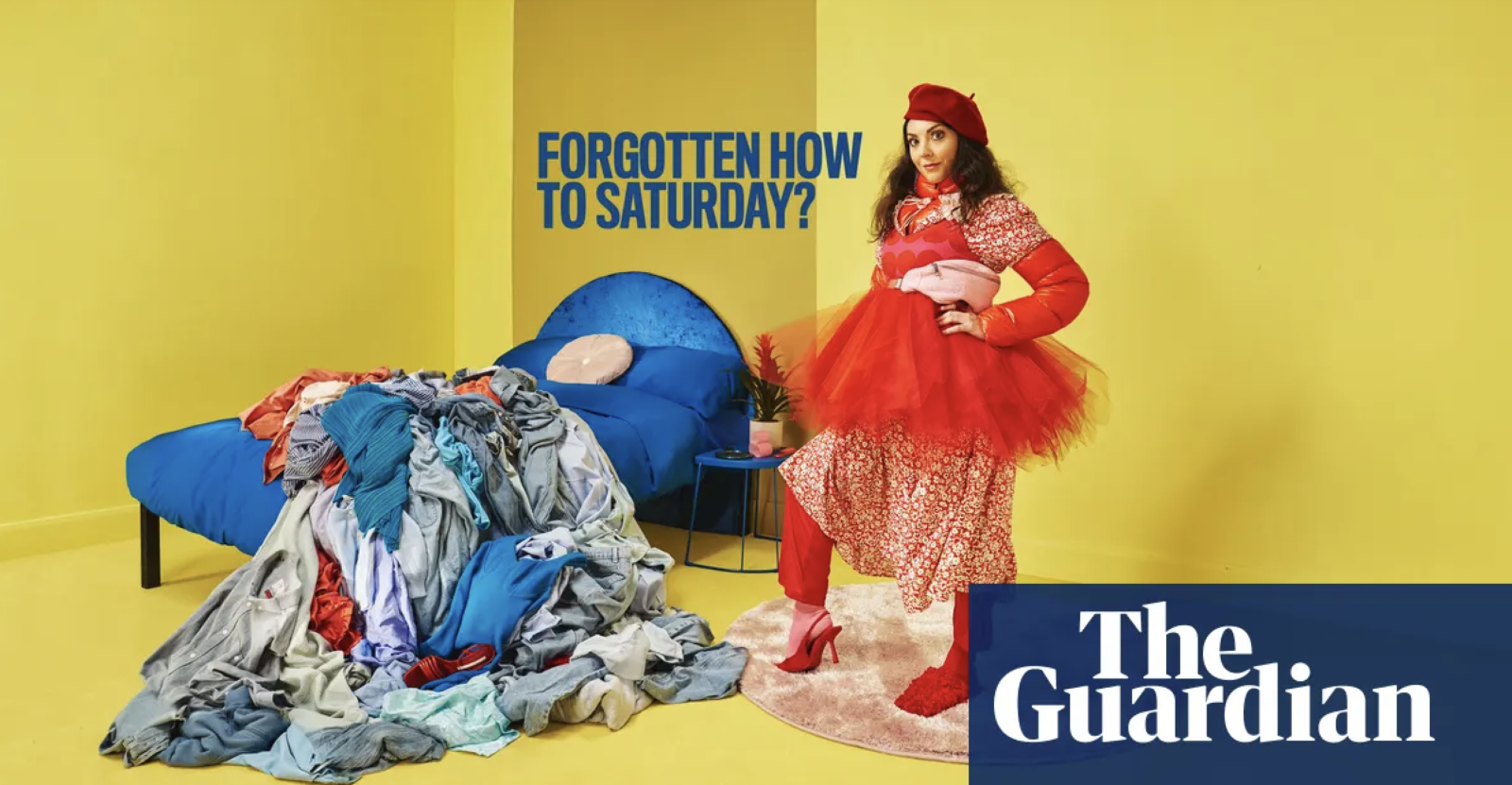
“So we wanted to make sure that we were producing something that was of value, relevance, and context, and decided to condense a lot of our individual sections into a single offering. There is still a certain proportion of our readership that likes to circle things in print, so we still include a sixteen page TV listing for example, but for a lot of the content, nostalgia simply wasn’t a strong enough motivator for it to be kept.”
In a wide-ranging presentation, Breuer talked about everything from changing typeface to company buy-in, and the frantic production pace of the publication that usually sees its design team working on two issues at once. Ultimately, the magazine changes have helped to provide a timely refresh for the media brand.
“I’d say the response has been 80% positive. We monitor sales on a daily basis, and they’ve gone up. I think the only negatives have been for those who were really attached to existing habits, usually around the TV section. But we knew already from our research that this was likely to be the case. And the Journalism aspects of The Guide, which was our previous television and entertainment offering, are actually much better placed online or on the app. Previously, people would be skipping past all of this great journalism to see what was on Channel 4 that night!”
“People really like the size of it, especially after The Weekend had become a lot thinner in its later days. They say they now keep it for a lot more of the week than they used to. So there’s been a lot of positives and I’d say things actually went better than we thought they would.”
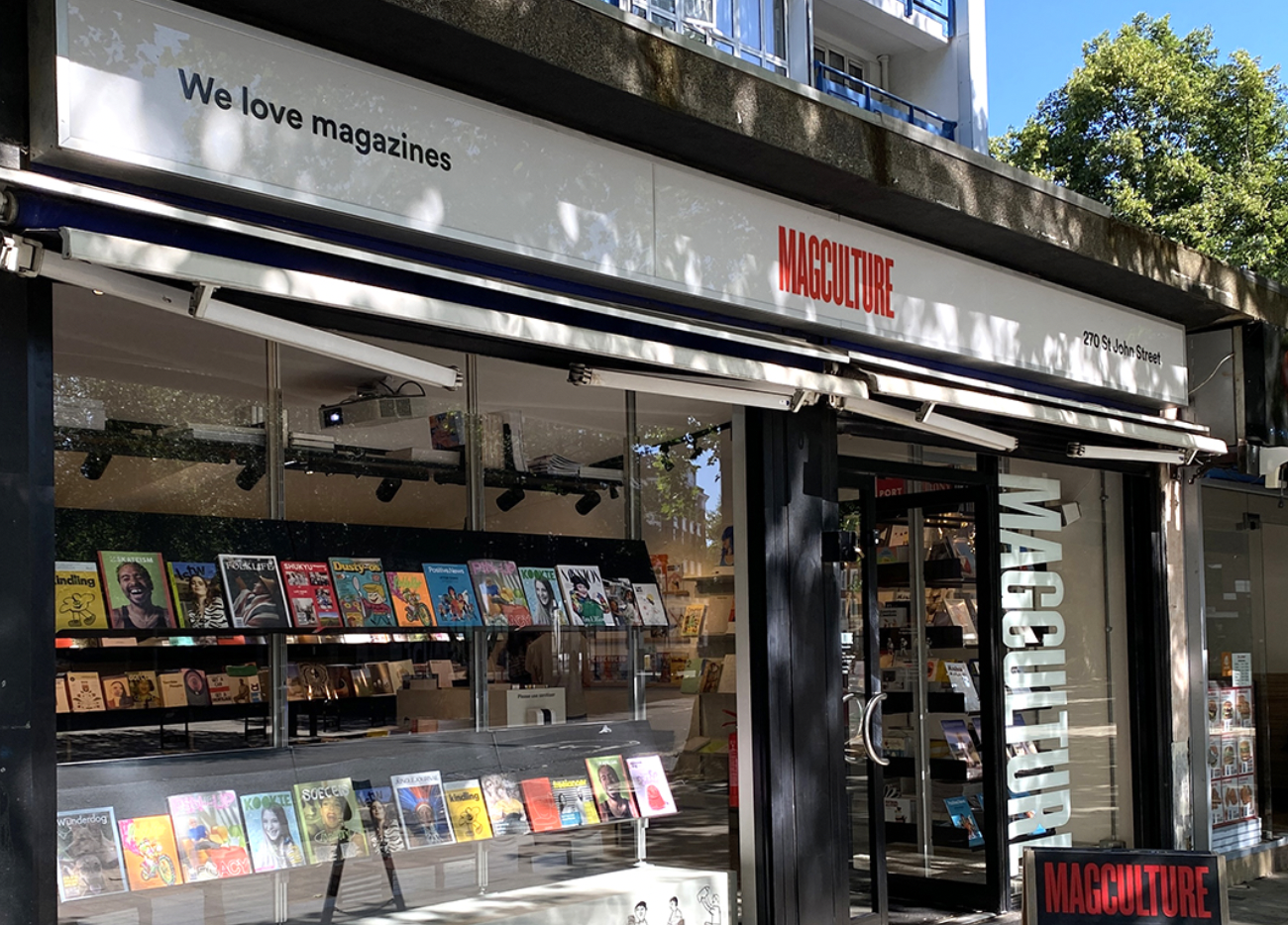
With a firm focus on independent publishers and print products, the overall magCulture Live programme weaved effortlessly between brand new launches and more established brands. In addition to real-world events and real-world magazines, magCulture also has a real-world newsagent in London, and you can find out more about the organisation here.
For more features specifically on the print section of the industry, you can find FIPP’s dedicated #printisthenewblack series here. Supported by UPM, it provides a specialist look at print publications and how modern magazines are reshaping the way we think about the industry today.
Main article image: Gorgeous Michael backstage at Friends of the Joiners Arms, by The Queer Garden.

